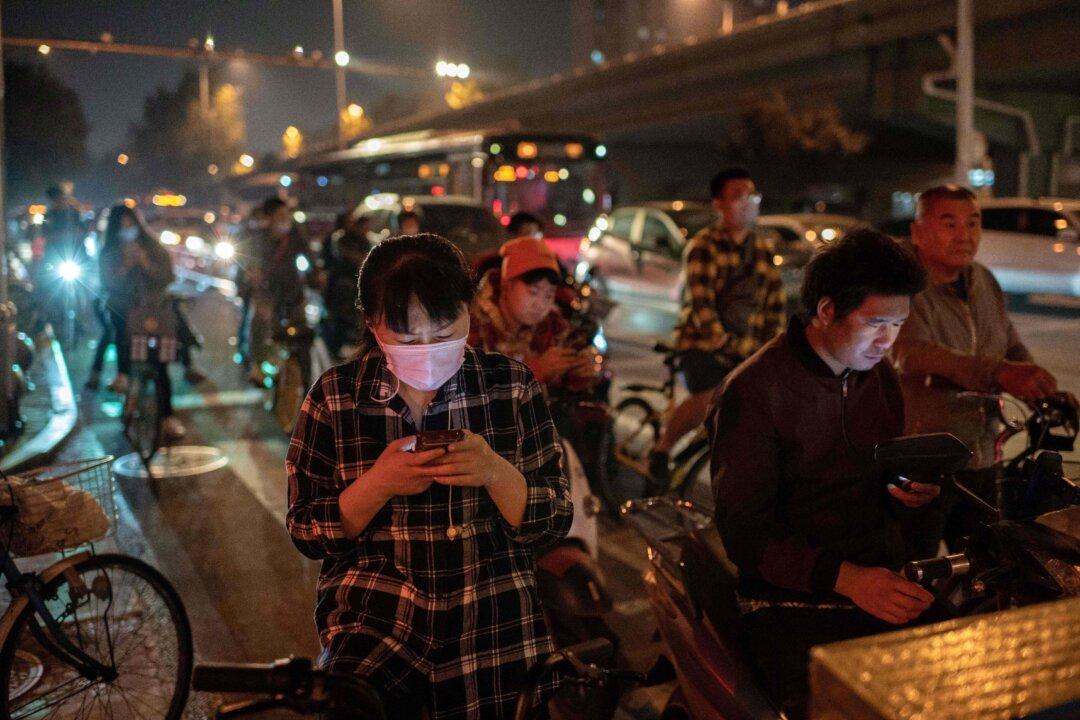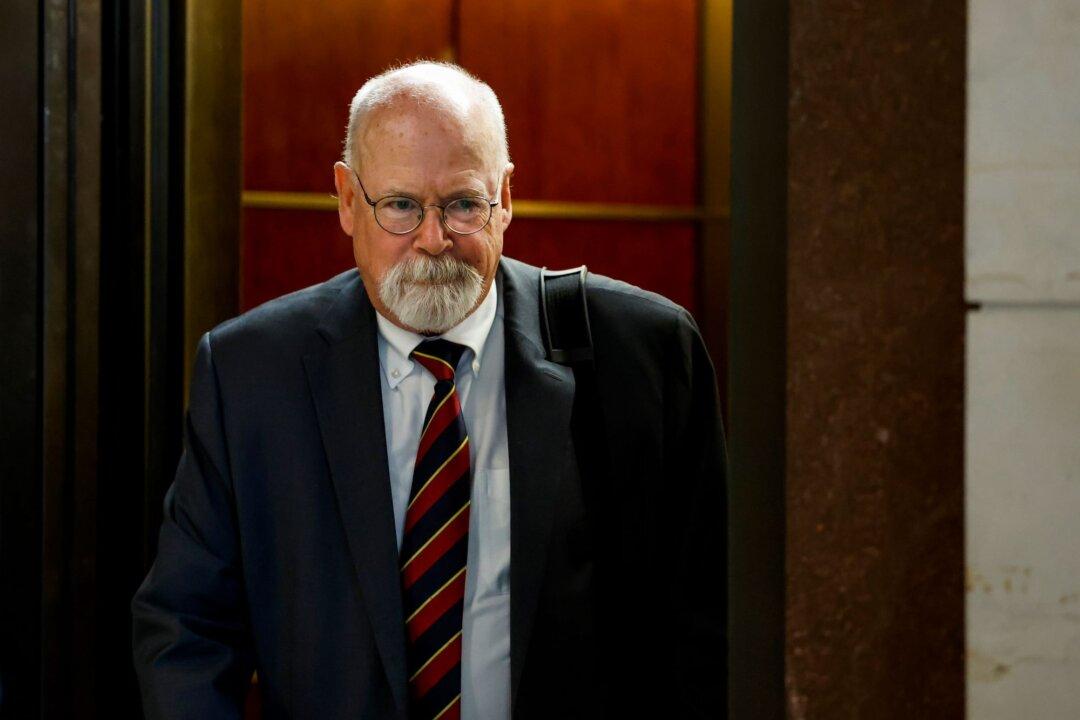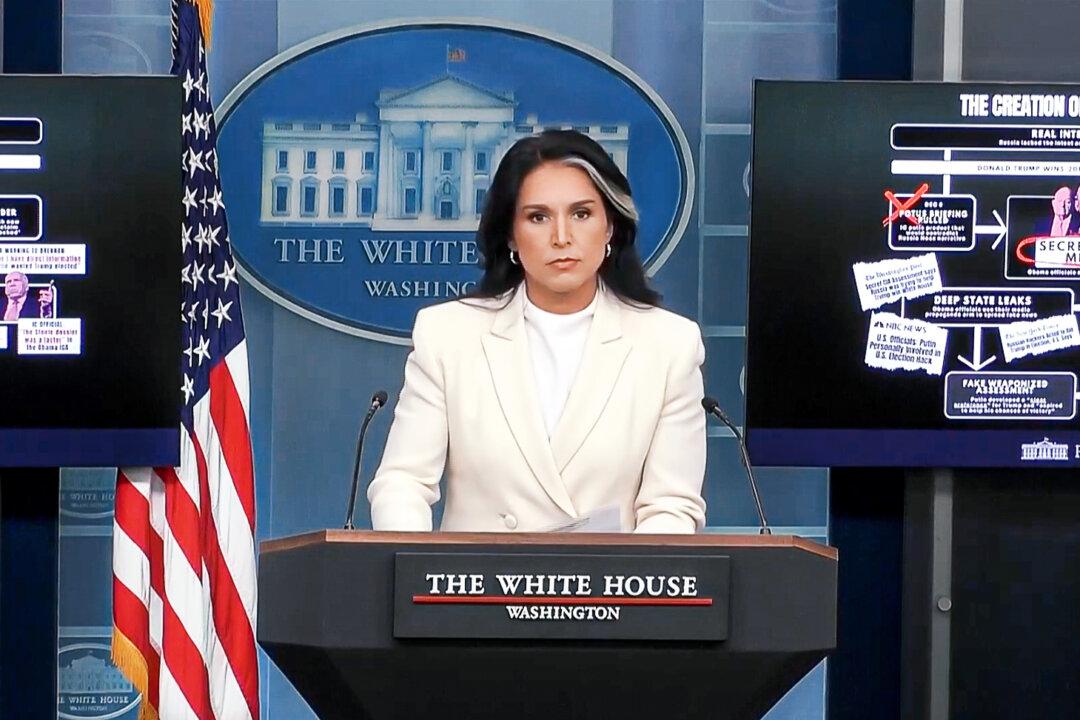More than one million people have died as of Monday from the Chinese Communist Party (CCP) virus, commonly known as the coronavirus, a grim landmark for a pandemic that has smothered the global economy and changed the way of life for billions of people around the world.
“It’s not just a number. It’s human beings. It’s people we love,” said Dr. Howard Markel, a professor of medical history at the University of Michigan who has advised government officials on containing pandemics and lost his 84-year-old mother to the CCP virus in February.





